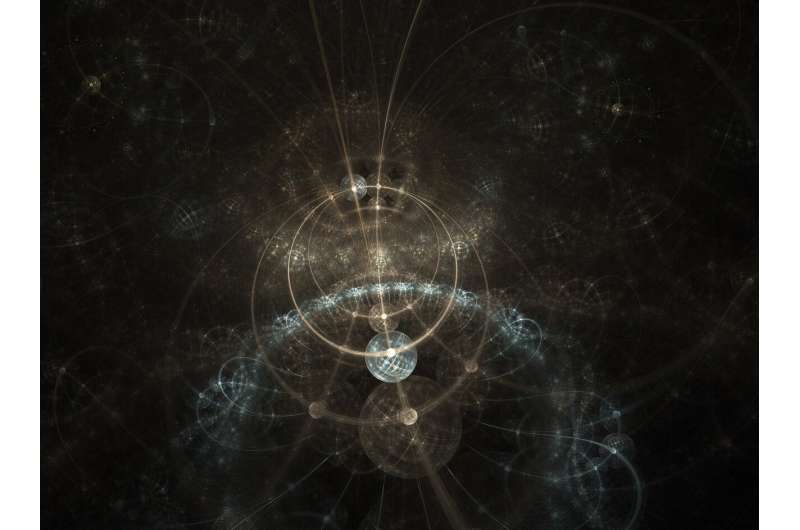Ways to detect merging black holes in addition to gravitational waves

If two black holes merge in the middle of space, and nobody's around to see it, does it really happen?
To date, the only way astronomers have conclusively witnessed the merging of black holes is through their emission of gravitational waves—subtle ripples in the fabric of spacetime. Those mergers lacked any counterpart in the electromagnetic spectrum: no boom, no flash, no supernova, no lights whatsoever.
Those merging black holes were relatively small affairs, with the black holes no bigger than a few dozen times the mass of the sun. However, mergers of supermassive black holes might be accompanied with a fantastic light show. If we could capture both the gravitational and electromagnetic waves from the same event, it would open up a whole new window into studying the nature of extreme gravity.
The easiest way to spot merging giant black holes is to identify the bright accretion disks surrounding each of them (known as active galactic nuclei, or AGN), according to a new paper recently appearing on the preprint journal arXiv. In fact, we may already have a candidate soon-to-be merger on our hands with the radio galaxy 0402+379. But finding those pairs is painfully difficult, requiring hours of detailed observations—and a few lucky breaks.
Another method is to look for variability from the light output of an AGN. As the black holes orbit and steadily grow closer to each other, the total light output will change in an almost regular way. One candidate with this approach is the blazar OJ 287, which brightens roughly every 12 years.
Lastly, astronomers may be able to spot merging black holes through the Doppler shifting of the light given off by the pair, even if they can't discern the individual black holes. This is similar to the technique used to identify exoplanets around distant stars.
The authors of the paper stress that we're just now getting started in this whole "gravitational wave astronomy" business, and we have a lot of work to do before we're likely to catch a massive black hole merger in the act. But if we did, it would be a goldmine on the scale of the observations of the kilonova explosion—a unique opportunity to study the properties of gravity in one of the most extreme environments in the cosmos.
More information: Tamara Bogdanovic, M. Coleman Miller, Laura Blecha, Electromagnetic Counterparts to Massive Black Hole Mergers, arXiv:2109.03262v1 [astro-ph.HE]
Provided by Universe Today





















